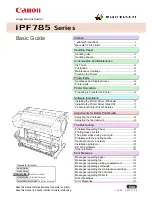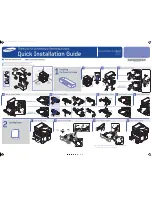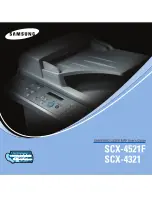
66
ROCK IMAGER User's Guide | Chapter 11: Manual Inspections
When you click the
Auto Focus
button, you instruct ROCK IMAGER to execute the Auto Focus
algorithm. Auto Focus locates objects in a drop along the Z-axis, which is especially important when
imaging hanging drops on greased cover slides, or when zooming in on a region of interest.
How Does Auto Focus Work?
The imager captures a stack of images at 30 frames per second at a low resolution and computes a
focus curve. The imager then determines the most in-focus image and captures that image at the
normal resolution.
You can adjust the focus levels for each imager in the Focus Level Selection area of the Plate Type
Editor.
There are three Capture Range options:
●
Auto Focus with Limits
●
Fixed Range (DoF Limited), and
●
Fixed Range (Interpolated)
Auto Focus with Limits
The first four fields (Max. focus levels above, Focus
threshold above, Max. focus level below, Focus
threshold below) determine the "stack" of images to
be taken around what ROCK IMAGER determines to
be the best focus point. These settings are configured
on a per-plate basis by our technicians when ROCK
IMAGER is installed, but you can adjust them.
Auto Focus with Limits factory settings for a 3 Drop
Intelliplate are as seen at right.
Fixed Range (DoF Limited)
If you decide to use the Fixed Range (DoF, or Depth of Field Limited) capture range, you will configure
the Start Z and Stop Z positions and the software will determine the appropriate number of focus
levels.
Fixed Range (Interpolated)
If you decide to use the Fixed Range (Interpolated) capture range, you can configure the Start Z and
Stop Z positions and the maximum number of focus levels that the imager should take.
Focus Level Selection Panel
About Auto Focus
Note:
Additional focus levels mean additional imaging time, and
vice versa.
















































